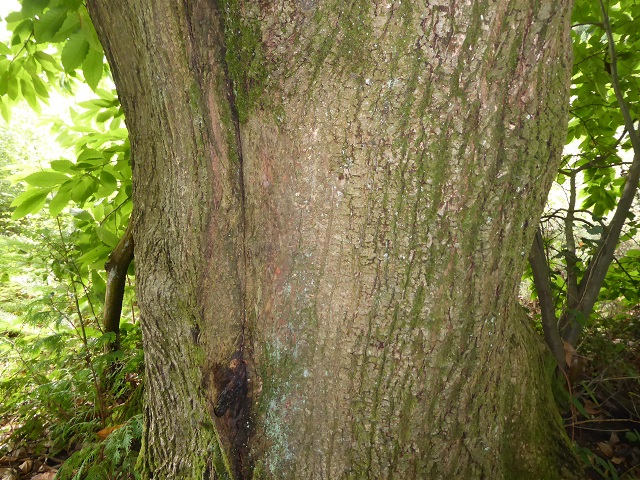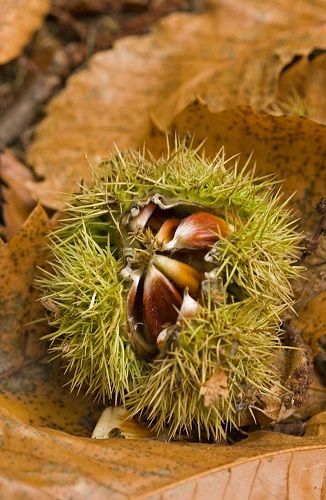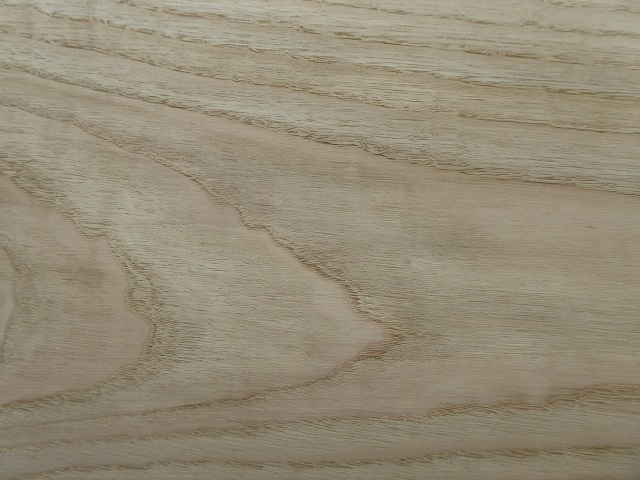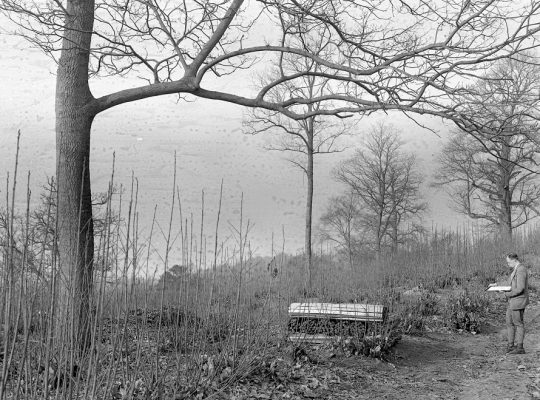Sweet chestnut (SC)
Sweet chestnut was a very early introduction to Britain; possibly by the Romans but often disputed. It occupies approximately 30,000 hectares, or about 2% of woodland cover, and most is in the south of England.
Mainly managed as coppice in the past it can produce an attractive hard-wearing timber. It is a species that may increase in use in a warming climate on suitable sites. Our experience of sweet chestnut is likely to have been with roasted chestnuts at Christmas and this highlights its important role as a food source across much of its range. A species that may see increasing use in forestry and for nut production in agroforestry.
Sweet chestnut is categorised as a Principal tree species. These are species where existing silvicultural knowledge should enable their successful deployment across Britain. The species are either already widely used or are increasing in usage. They will continue to be important unless affected by a new pest or disease or become adversely affected by climate change.





Range
Native to southern Europe and the Mediterranean region but introduced in Roman times and now widespread on lighter soils in southern and central Britain.
Provenance Choice
Studies of provenance variation in Britain are very recent, so material should be sourced from good British stands or from selected stands in western Europe. Seed orchards established by the Future Trees Trust may provide improved selections for forest use in the future. There are special clones for use if nut production is an aim of management.
Key Properties
Site Requirements
The species is suited to warmer, more continental parts of lowland Britain (i.e., generally 550 to 850 mm and certainly <1500 mm rainfall per year) on medium to poor soils of fresh to slightly dry moisture status. It is not suited to alkaline or waterlogged soils. Acid sandy loams are an ideal soil type for this species which although cold hardy, is not tolerant of exposure.
Further detail on the site requirements of sweet chestnut in current and future climates can be examined using the Forest Research Ecological Site Classification Decision Support System (ESC).
ECOLOGICAL SITE CLASSIFICATION TOOL
Silviculture
Sweet chestnut is a multipurpose tree which can be grown in a high forest system for sawtimber, in a coppice system if growing for poles or small round wood, or at wide spacing if nut production is the main aim.
The species has intermediate shade tolerance when young but becomes strongly light demanding after establishment. It is comparatively drought tolerant and relatively easy to establish using bare-root or containerised seedlings, provided there is good weed control and protection from frost. Planting density should be about 3000 stems ha-1 if timber is being produced, about 1500 stems ha-1 if coppice is the aim, or individual trees at 8-10 m apart if nut production is intended. Young trees are sometimes cut back to the base (‘stumped’) to improve growth and form. They need to be protected from deer and rabbits.
A typical rotation will be from 10 to 20 years for coppice stands and 50-70 years for trees grown for sawn timber. Once the canopy is closed, potential timber trees need to be thinned regularly to keep their crowns open and to maintain growth rates. The target diameter of a timber tree should be about 40-45 cm since trees of larger dimensions can suffer badly from shake. Average productivity is around 8 m3 ha-1 year -1 but values of up to 12 can be found on better sites.
In coppice systems, sweet chestnut is generally grown in pure stands. In a high forest, it can be grown in intimate or group mixture with a range of other broadleaves such as oak, sycamore and beech. Although it may take up to 30 years for regular flowering and seed production, thereafter seed production occurs in most years. Natural regeneration can occur, especially on the edges of woodland or in gaps, provided animal predation is limited. The light demanding nature suggests it is best grown in a shelterwood system, where the retention of some canopy trees can provide shelter against frosts.
Sycamore, oaks, and other long-lived broadleaves can be used as alternative species, especially on sites where sweet chestnut may be marginal either because of a lack of warmth or of unfavourable soil conditions.
Pests and Pathogens
Sweet chestnut is susceptible to several root attacking species of Phytophthora, mainly P. cinnamomi and P. cambivora. The introduced sweet chestnut blight (Cryphonectria parasitica) which causes bark cankers and girdles branches and stems, is a serious disease in parts of Europe. Sweet chestnut blight is treated as a European Union (EU) quarantine organism, and the UK is an EU ‘protected zone’ for the organism. It is essential that suspected sightings in Great Britain be reported via TreeAlert.
Oriental chestnut gall wasp (Dryocosmus kuriphilus) has recently been discovered in southern England and the value of sweet chestnut as a timber and coppice species could be impacted if the pest were to become established. Report suspected sightings in Great Britain to TreeAlert.
See our other tools and resources
Further Resources
External
Further information
In addition to the general sources of information for species the following are useful for sweet chestnut.
Braden, N., and Russell, K. (2001) Chestnut in the United Kingdom: Forest area, management, and utilisation as timber. For. Snow Landsc. Res. 76, 3: 505–510.
Dawson, C. (2007) Multi-use Sweet Chestnut cultivation in Greece. Quarterly Journal of Forestry, 101(1):61-66
Everard, J. and Christie, J.M., (1995): Sweet chestnut: silviculture, timber quality and yield in the Forest of Dean. Forestry 68, (2), 133–144.
Castanea sativa in Europe: distribution, habitat, usage, and threats. In: San-Miguel-Ayanz, J., de Rigo, D., Caudullo, G., Houston Durrant, T., Mauri, A. (Eds.), European Atlas of Forest Tree Species. Publ. Off. EU, Luxembourg, pp. e0125e0+




